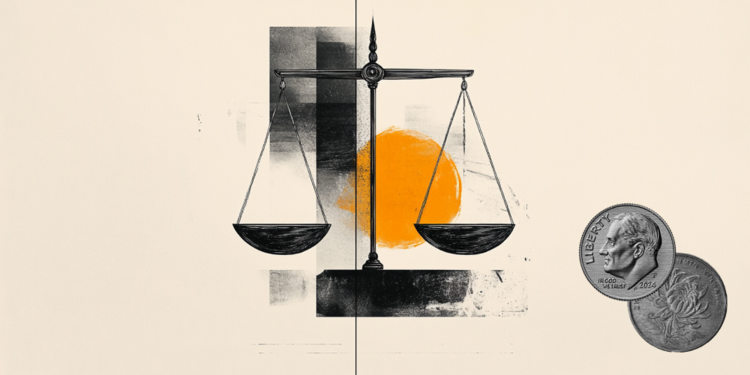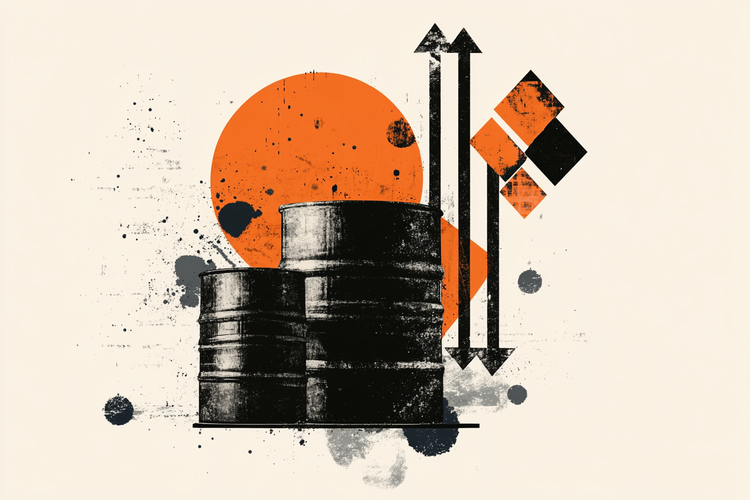- USD/CAD rises towards 1.4075 in the early stages of the Asian session on Thursday.
- Fed Chairman Powell was optimistic about the US economy; US ISM services PMI was weaker than expected in November.
- The BoC is likely to cut interest rates more than usual at its December meeting.
The USD/CAD pair rises to near 1.4075 during the Asian session on Thursday. Rising bets on a Bank of Canada (BoC) rate cut and a drop in crude oil prices continue to weigh on the commodity-linked Canadian Dollar (CAD). Canada’s November Ivey PMI and US weekly Initial Jobless Claims will be released later on Thursday.
Fed Chair Jerome Powell said Wednesday that the U.S. economy is in remarkably good shape, allowing Fed officials to potentially be more cautious in cutting interest rates further. Powell also stated that unemployment remains very low and that inflation is advancing. The US central bank’s cautious stance will likely support the Dollar against the CAD in the near term.
Data released by the Institute for Supply Management (ISM) on Wednesday showed that the US services PMI fell to 52.1 in November from 56.0 in October. This reading was weaker than the expectation of 55.5. The Dollar weakened in an immediate reaction to disappointing US services PMI data.
On the other hand, the expectation that the Bank of Canada (BoC) will continue to cut rates more aggressively than the Fed could help limit the dollar’s decline. Investors anticipate the Canadian central bank will continue its easing campaign in an interest rate decision next week, with the market pricing in a nearly 50% chance of another big 50 basis point (bps) move.
Additionally, lower crude oil prices could drag down the commodity-linked Loonie. It should be noted that Canada is the largest exporter of oil to the United States (US), and lower crude oil prices tend to have a negative impact on the value of the CAD.
The Canadian Dollar FAQs
The key factors that determine the price of the Canadian Dollar (CAD) are the level of interest rates set by the Bank of Canada (BoC), the price of oil, Canada’s main export product, the health of its economy, inflation and the trade balance, which is the difference between the value of Canadian exports and its imports. Other factors are market confidence, that is, whether investors bet on riskier assets (risk-on) or look for safe assets (risk-off), with the risk-on being positive for the CAD. As its largest trading partner, the health of the US economy is also a key factor influencing the Canadian dollar.
The Bank of Canada (BoC) exerts significant influence over the Canadian Dollar by setting the level of interest rates that banks can lend to each other. This influences the level of interest rates for everyone. The BoC’s main objective is to keep inflation between 1% and 3% by adjusting interest rates up or down. Relatively high interest rates are usually positive for the CAD. The Bank of Canada can also use quantitative easing and tightening to influence credit conditions, with the former being negative for the CAD and the latter being positive for the CAD.
The price of oil is a key factor influencing the value of the Canadian Dollar. Oil is Canada’s largest export, so the price of oil tends to have an immediate impact on the value of the CAD. Generally, if the price of oil rises, the CAD also rises, as aggregate demand for the currency increases. The opposite occurs if the price of oil falls. Higher oil prices also tend to lead to a higher probability of a positive trade balance, which also supports the CAD.
Although inflation has traditionally always been considered a negative factor for a currency, as it reduces the value of money, the opposite has actually happened in modern times, with the relaxation of cross-border capital controls. Higher inflation often leads central banks to raise interest rates, attracting more capital inflows from global investors looking for a lucrative place to store their money. This increases the demand for the local currency, which in the case of Canada is the Canadian Dollar.
The published macroeconomic data measures the health of the economy and may have an impact on the Canadian dollar. Indicators such as GDP, manufacturing and services PMIs, employment and consumer confidence surveys can influence the direction of the CAD. A strong economy is good for the Canadian dollar. Not only does it attract more foreign investment, but it may encourage the Bank of Canada to raise interest rates, resulting in a stronger currency. However, if economic data is weak, the CAD is likely to fall.
Source: Fx Street
I am Joshua Winder, a senior-level journalist and editor at World Stock Market. I specialize in covering news related to the stock market and economic trends. With more than 8 years of experience in this field, I have become an expert in financial reporting.







